A farewell to hockey
Ten years of hockey. That’s what fate gave me. I cherished them. They are now in the past.
As I related in my previous blog post, I had been playing for almost exactly 10 years when I suffered a bad knee injury in December 2014. My MCL was sprained in an on-ice collision. Goaltending places enormous stresses on the MCL, and I suddenly found myself unable to stay stable in my stance let alone move as a goalie must. An attempt to return to the ice — perhaps too soon — led only to a painful re-injury of my knee and crushed hopes.
I always knew that I’d need to hang up my skates someday. I never expected to be in my early 30s when that day came.
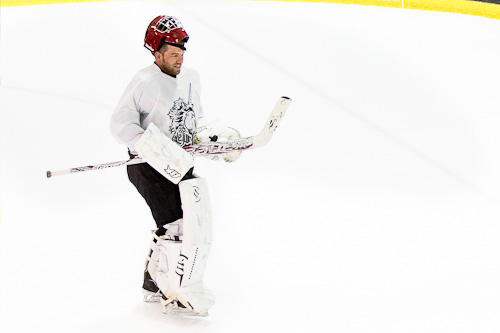
Skating towards my net in November 2014, the week before my knee injury (Photo: Tyler)
When I chose to start my hockey career by playing goalie at a learn-to-play session in December 2004, I joined a hallowed fraternity. Jacques Plante, Vladislav Tretiak, Ken Dryden, Patrick Roy, Dominik Hasek, Martin Brodeur… those men were my hockey heroes: the ones defending their nets, not the skaters putting pucks past their opponents.
Although I wasn’t a particularly good hockey goalie, I truly loved playing. Goalie was an individual position in the midst of a team sport. Goalie required an analytical mind. Goalie rewarded strong legs and steely courage. Goalie had cool gear.
I think I liked hockey precisely because I wasn’t good at it; it was an enjoyable challenge for me. I had begun to expect success at whatever I tried, and with hockey that turned out not to be the case.
Hockey taught me humility when my teams would lose by half a dozen goals. In the locker room after those miserable games, all I wanted to do was curl up in the corner and disappear. The numbers on the scoreboard were undeniable reality. But I couldn’t disappear; and I would have to come back again the next week with the same teammates; and so I was forced to learn how to deal with defeat.
But victory? What a high, what a thrill! The celebration in front of the net, the pats of congratulation on my mask, the satisfaction of a job well done, the memories of saves. Beautiful saves!
The victory was sweetest when my goaltending made an undeniable contribution to the win. In many games, my team won in spite of me, but once in a while we triumphed because of my performance.
In the summer of 2014, my team won a game in a shootout after ending regulation tied 0-0. Not only did I get the shutout and the shootout win, but I had earned it. I was in the zone. I was seeing the puck. I was making saves, and those saves were making a difference. I felt prescient.
We go through life seeking those often-fleeting moments of flow. When we achieve them the high is as sublime as any drug. That win was one of my happiest hockey moments.
I had never been athletic growing up, nor was I on any team sports. Hockey was my way of experiencing that joy as an adult. Out there on the ice, we were all just big kids having fun. I regret not playing hockey as a child, but I’m glad I started eventually rather than never. I’m so glad I continued to play while I was able.
Hockey gave me a reason to look forward during dark times. My hockey trip, where I played in every American state and every Canadian province, was born of near desperation to escape what had become a year of failure. Hockey became a goal, a reason to get up, a reason to dream again.
“The Trip” fulfilled its promise. It changed me. It became a profound pillar in my life history, an epoch marker. From then on, everything was “before my hockey trip” or “after my hockey trip.”
I miss the sound of steel on ice. I miss the bracing cold of the rinks. I miss the camaraderie of the locker room, the pre-game rituals, the post-game beers whether in victory or defeat.
Oh sure, I might still be able to skate out, but I never found as much joy in that as when I was in net. For me, playing hockey means playing goalie.
Perhaps, given enough time, my knee will eventually be strong enough for me to return to the ice. I hope that will come to pass. If not, at least I can look back with fond memories of the decade of my life when I was a hockey goalie.
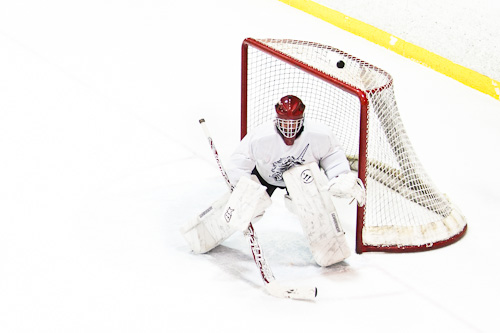
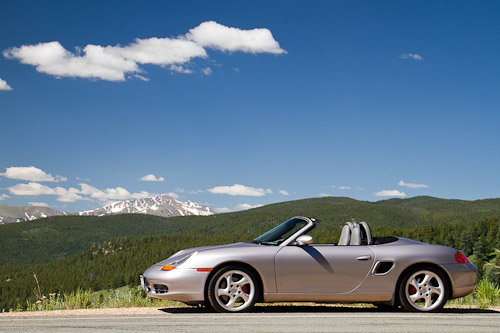
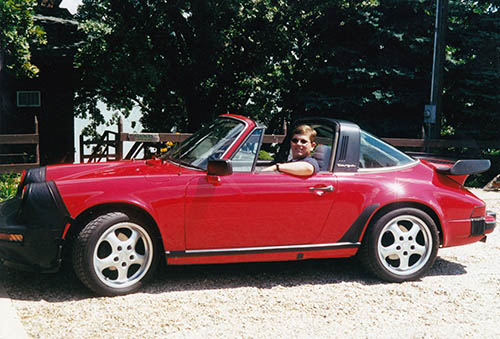
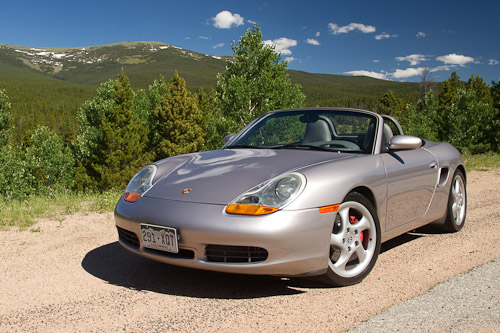
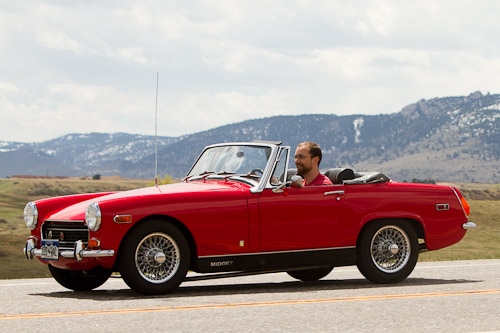
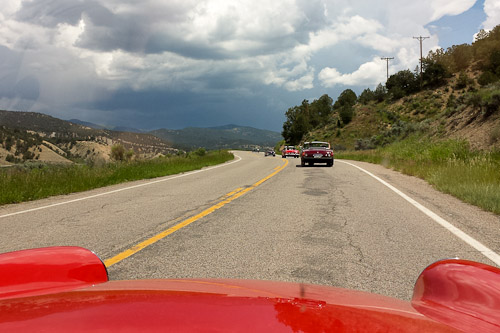
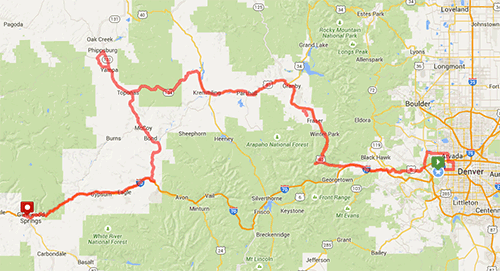
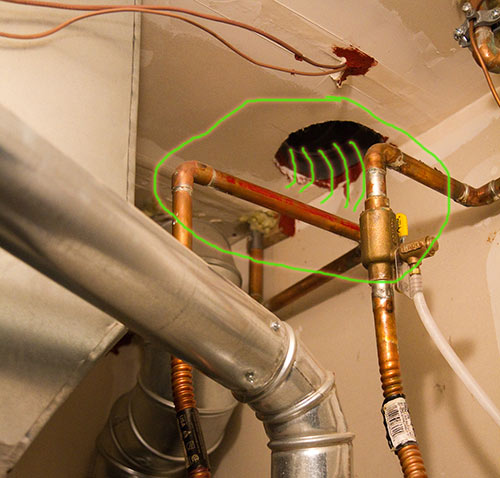
Recent Comments